In the vast and ancient landscapes of Israel, hidden gems from our human history continue to be unearthed, shedding light on the rich tapestry of our past. One such remarkable discovery is the Venus of Berekhat Ram, an archaeological artifact that has captivated researchers and art enthusiasts alike. Join me on a journey to explore the intriguing story of the Venus of Berekhat Ram.
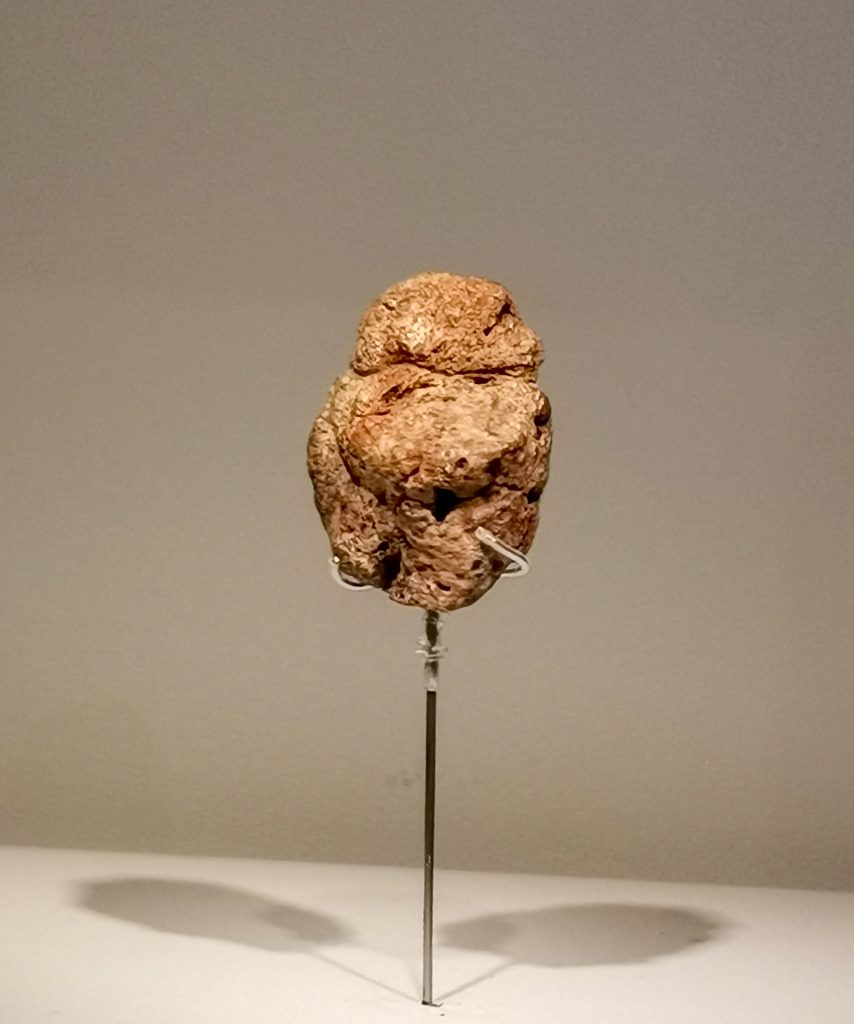
Credit: Thomas Cahana, CC BY-SA 4.0, via Wikimedia Commons.
The Venus of Berekhat Ram was discovered in the Golan Heights region of Israel, near the Lake Ram lava field. This unique area, known for its volcanic formations, was the backdrop for this extraordinary find. Situated on the country’s northeastern border, the Golan Heights has long been a treasure trove for archaeologists due to its rich history and diverse cultural heritage.
Golan Heights Day Tour
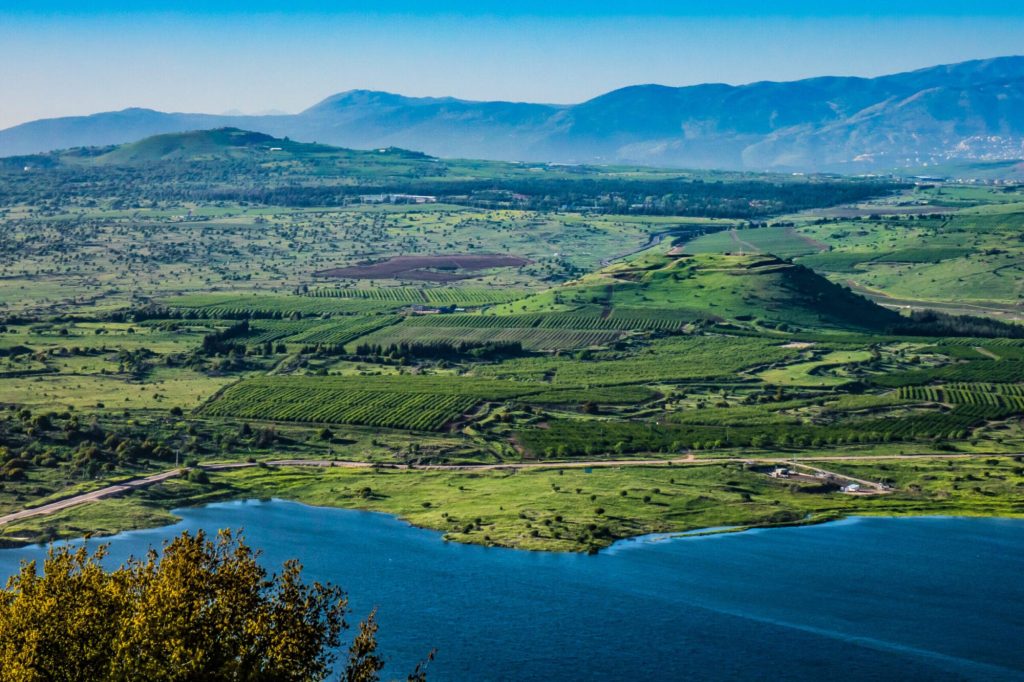
A Symbol of Ancient Art
The Venus of Berekhat Ram is a small figurine with immense archaeological significance. Dating back approximately 230,000 years, this ancient sculpture is considered one of the earliest known representations of the human form. Carved from basalt, the figurine stands just a few centimeters tall, showcasing our early ancestors’ incredible skill and artistry.
Rockefeller Archealogical Museum
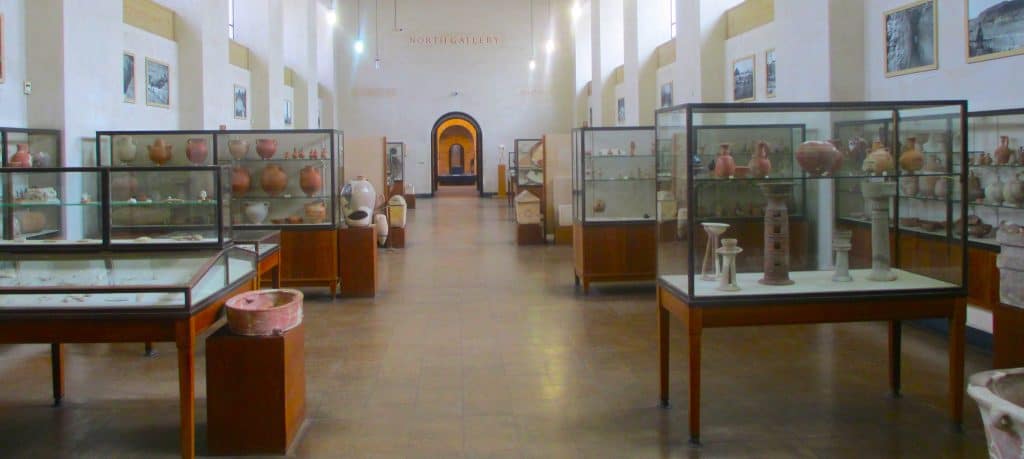
Archaeological Significance
Unearthed in 1981 by archaeologist Naama Goren-Inbar during excavations at Berekhat Ram, this discovery has been the subject of extensive research and analysis. While its exact purpose and meaning continue to be debated, it is widely believed to represent a fertility symbol or a depiction of the divine feminine. The find is dated to the Acheulean Industry.
Furthermore, the Venus of Berekhat Ram provides a fascinating glimpse into the world of our ancient ancestors. Its creation predates other well-known figurines, such as the Venus of Willendorf, by tens of thousands of years. Moreover, this archaeological marvel hints at the emergence of symbolic thought and artistic expression in early human culture, highlighting the profound connection between art, spirituality, and the human experience.
Venus of Berekhat Ram Unraveling the Mysteries
The discovery of the Venus of Berekhat Ram has raised intriguing questions for researchers and historians. How did our early ancestors acquire the knowledge and skills to carve such a delicate and detailed representation? What cultural and religious beliefs might this figurine have represented? These questions continue to fuel scientific exploration and inspire new theories about our ancient past.
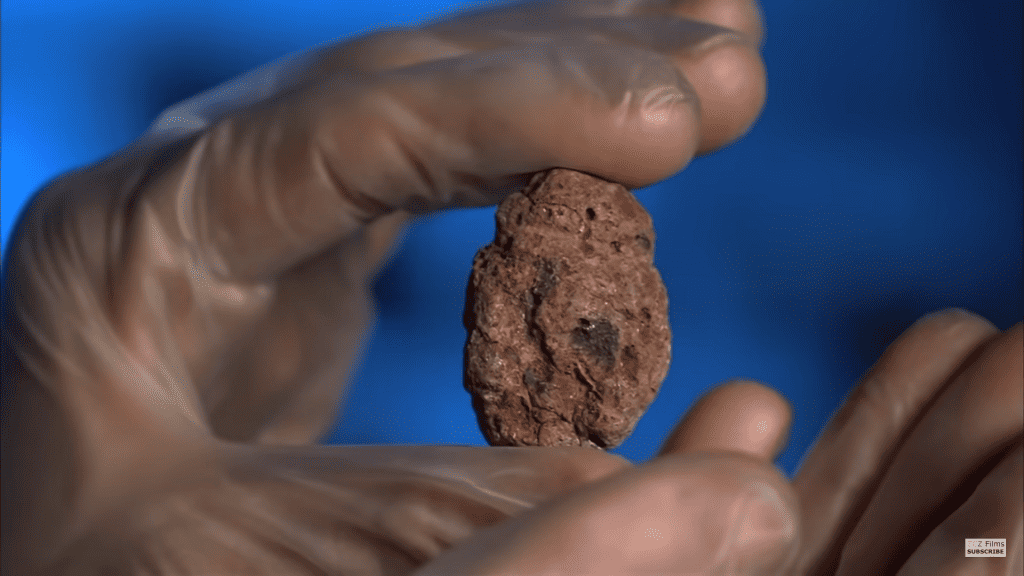
As a significant archaeological find, the Venus of Berekhat Ram reminds us of preserving and studying our cultural heritage. The artifact is now housed in the Israel Museum in Jerusalem, where visitors worldwide can appreciate it. Its presence in this prestigious institution ensures that future generations can marvel at its beauty and gain insights into our shared human history.
Exploring Ancient Israel
So visitors to Israel can delve deeper into its rich archaeological heritage by exploring various sites throughout the country. From the ancient city of Jerusalem and the majestic ruins of Caesarea to the mystical fortress of Masada and the stunning landscapes of the Dead Sea region! In short, Israel offers the curious traveler a wealth of historical and cultural experiences.
Israel Museum Tour
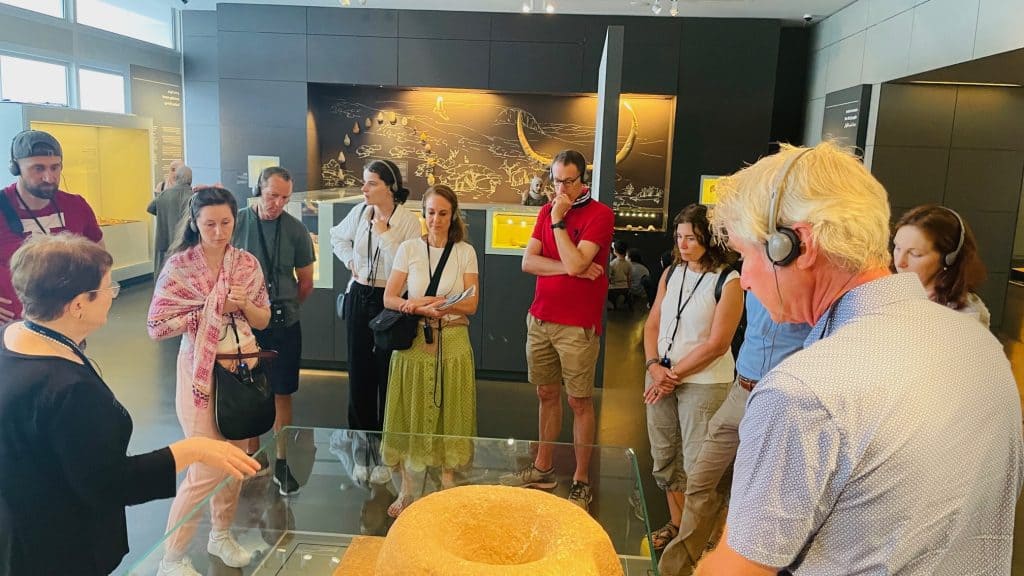
In Short, the Venus of Berekhat Ram stands as a testament to the ingenuity and creativity of our ancestors. As we continue to unravel the mysteries of our past, discoveries like this remind us of our shared human journey and the enduring power of art to transcend time. Moreover, the Venus of Berekhat Ram invites us to reflect on our roots and celebrate the extraordinary achievements of those who came before us.







